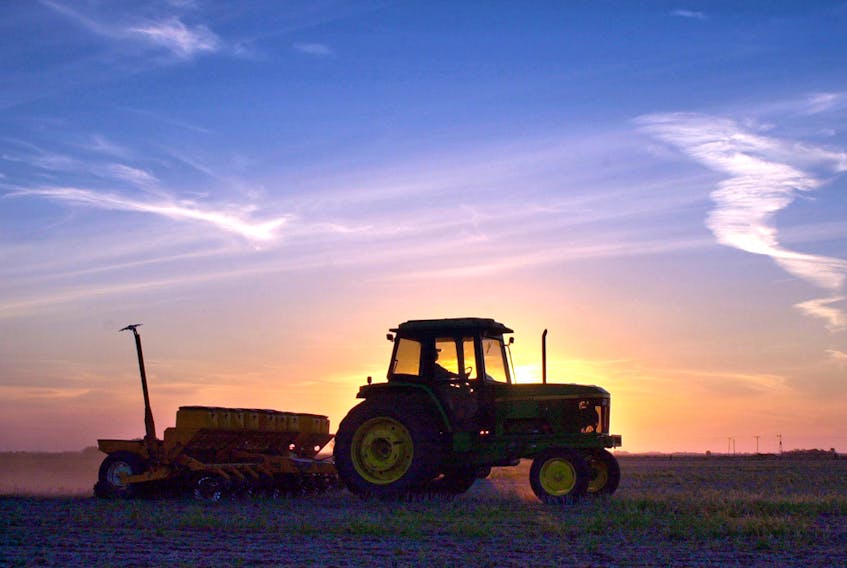The commodities market for many field crops is ostensibly feral.
The cost of producing a crop is increasing, a trajectory propelled by a punitive regulatory environment, new taxes, high seed/chemistry prices and costly technologies.
A flustered agriculture sector is bent on facing these challenges, ensuring Canada’s food production capacity remains strong and profitable.
On April 1, despite strong opposition from the agricultural sector, the federal carbon tax was implemented in Ontario, Manitoba, Saskatchewan and New Brunswick. While there are some agriculture-specific exemptions, it’s generally understood that the industries that can pass on those levies to their customers will do so.
Farmers are price-takers and we’re routinely the forgotten and arguably the most-affected sector in a tug-of-war between a myriad of formidably strong food production and consumer-related lobbies.
The agricultural community has a full slate of hurdles. I’d like to say it has more now than ever, but I can’t. China has disrupted Canadian exports before. And there have been times when — in my lifetime — the metric of a successful growing season was reduced to mere survival.
The solution lies in part in finding a new and diverse slate of international markets for our products. Also, another solution is to create opportunities to increase the domestic consumption and domestic processing of the food products farmers grow.
The challenge is new markets don’t necessarily form overnight. Trusting relationships take time to establish. And creating domestic value-add opportunities such as commodity processing facilities is a difficult task in an uncompetitive independent business environment.
The agricultural sector is buckling in for a time of tight margins, market pressures and consumer opposition.
Amid this landscape, the spring sun rises on the 2019 growing season. And there’s optimism. Farmers are still growing canola. There is awareness of the efforts needed to bring the industry through this slump and confidence in its ability to do so. It’s important the consumer know this. It’s important they/you know that, as much as farmers push against policies and champion as safe some products that consumers don’t, we enjoy growing healthy plants in Canadian soil.
Things change in spring. The industry becomes bifurcated, excited about spring and the promises of a new growing season while remaining attentive to what’s going on with markets, policies and government. In winter, we talk to the world. In summer, we talk to each other.
The snow on my yard and in my fields is melting at the time of this writing. On the gravel road that runs perpendicular to my half-mile-long driveway I’m starting to see a steady flow of tractors towing implements.
I’ve started the tractors and I have about 2,000 bushels of canola left to sell, the market for which is currently bearish. China recently announced it will no longer be accepting canola from a third supplier, further and critically reducing export options for the popular and decidedly Canadian crop.
I will be purchasing seed in the next week or so. I will likely be planting wheat by the end of this month and other crops shortly after.
The Canadian agricultural landscape will deal with its current portfolio of setbacks. It’ll chart new paths in the global marketplace and turn in on itself in a way that will allow it to perhaps learn a lesson or two that could insulate itself from having to endure another market disruption of this magnitude in the near future.
Copyright Postmedia Network Inc., 2019









